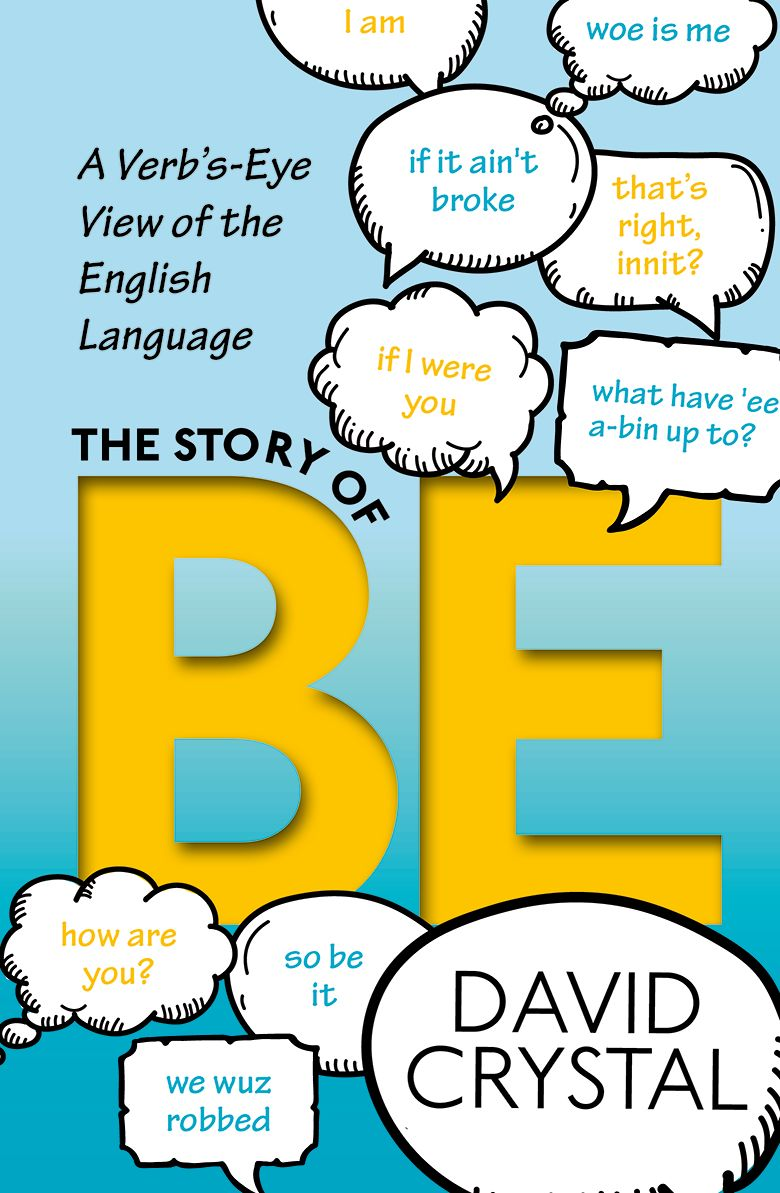by David Crystal
Published by Oxford
The verb ‘to be’ is the commonest in any language. That’s why it is invariably irregular: I am, you are, he is or je suis, tu es, il est and so on. This intriguing book, smilingly subtitled “A verb’s eye view of the English Language” examines said verb and how it is used in English from every angle.
It sounds dry but this is David Crystal so, of course, it’s anything but. Who knew ( I didn’t) that all the European forms of “be”, including Latin from which so much of our language derives, originated in Sanskrit? It’s a timely reminder that language develops continually. It is never static and it never arrives fully formed. “I’ve been with someone” no longer means the straightforward, innocent thing it once did, for example.
As always (see also his The Story of English (2004) and The Oxford Dictionary of Original Shakespearean Pronunciation (2016) for example) Crystal wears his immense scholarship lightly and writes with wit and verve. “I live in Wales, innit?” is the title of one of his chapters. Elsewhere he explains that the “obigational be” as in “I am to resign” since Anglo Saxon times. Or what about the “obituarial be” in, for instance, “Zimbabwe, Rhodesia as was”. Crystal devotes each of his 26 short chapters to a consideration of a specific use and it certainly makes you marvel at the versatility of language.
This engaging little book is full of references to, and quotes from, novels, plays, poems songs and speeches from many centuries which Crystal uses to illustrate usage. There’s a four page index of people quoted”. If you love language this is one for you – and it you teach (or are studying for) A level English language then it’s a must.
Review by Susan Elkin



